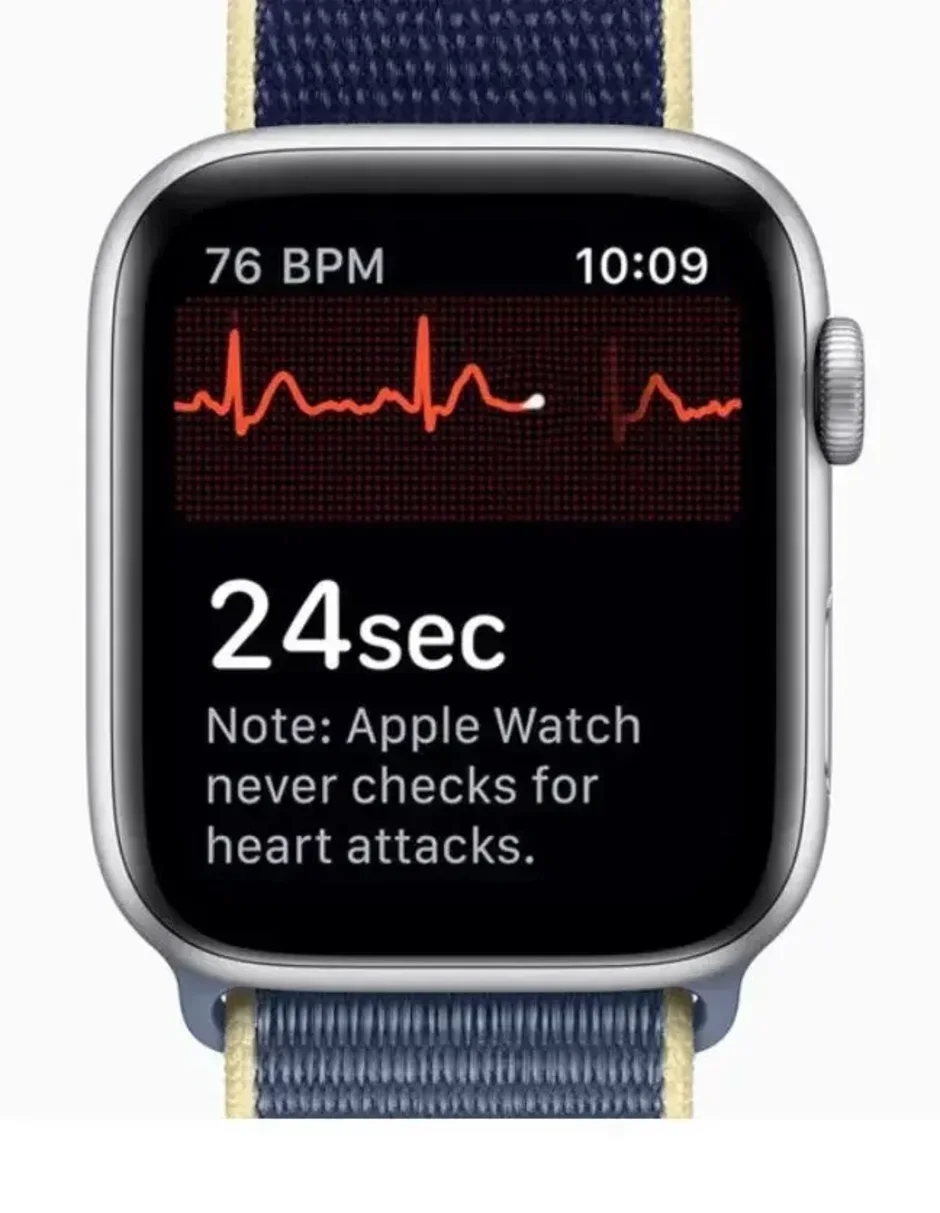U.K. fitness fanatic has two leaky heart valves detected by his Apple Watch

When the Apple Watch was first launched in April 2015, the company was unsure what it had released. At first, Apple considered its smartwatch to be a fashion item and set up displays in snooty high-end jewelry stores in Europe. Before it was released, the device was displayed during Fashion Week in Paris and showed up in flashy spreads found inside fashion magazines. But as the company discovered, the Apple Watch is another mobile tech device that tracks physical activity and health. And this became clear once users started relaying stories about how their lives were saved by the Apple Watch.
Last year's Apple Watch Series 4 brought a couple of new features that have saved some lives. Fall detection has nothing to do with notifying users when autumn has arrived. The feature detects when an Apple Watch wearer has fallen and will contact emergency services while alerting friends and family. The breakout electrocardiogram (ECG) feature monitors the wearer's heart looking for an abnormal heartbeat that can be the result of atrial fibrillation (AFib). This condition can lead to blood clots, strokes, heart failure, and death.
The Apple Watch showed an abnormal heartbeat which led to the discovery of two leaking heart valves
The latest heartwarming story involves the ECG monitor. According to U.K. newspaper The Sun, a 30-year-old fitness fanatic named Chris Mint became the first person in the country whose life was spared by the Apple Watch. Mint had no idea that he had a heart problem when during the summer, his Series 4 Apple Watch warned him that he had an irregular heartbeat. As Mint notes, "I’d owned the watch for about two years before it notified me that I had symptoms of Afib. I didn’t have a clue that it was capable of doing that until it just popped up in July." So Mint went to see his primary care doctor who told him that it was unlikely that he had Afib. But when a more extensive ECG was done by his doc, it confirmed that he did, in fact, have atrial fibrillation.

The electrocardiogram on the Apple Watch saves another life
Specialists found that Mint has two leaking heart valves which will be corrected in a future operation. And the doctors treating him said that if he didn't get warned by the Apple Watch, a stroke or a heart attack could have happened.
While he is waiting for the operation, Chris' wife Tiffany sent an email to Apple CEO Tim Cook to pass along the story. This is not unusual at all since most Apple Watch wearers who credit the device for saving their life do end up corresponding with Apple's top executive. Cook responded by saying, "I’m glad your husband sought treatment and is fine now. Thanks for sharing his story — it inspires us to keep pushing forward."
Chris says, "Buying the watch was the best money I’ve ever spent. I’m grateful. Really grateful." And while this is the typical Apple Watch saves life experience, other smartwatch companies are trying to get in on the action. The Samsung Galaxy Watch Active 2 also features an electrocardiogram (ECG) monitor although it needs to receive clearance from the FDA before being enabled. That is expected to take place sometime in the first half of 2020.
Follow us on Google News














Things that are NOT allowed:
To help keep our community safe and free from spam, we apply temporary limits to newly created accounts: